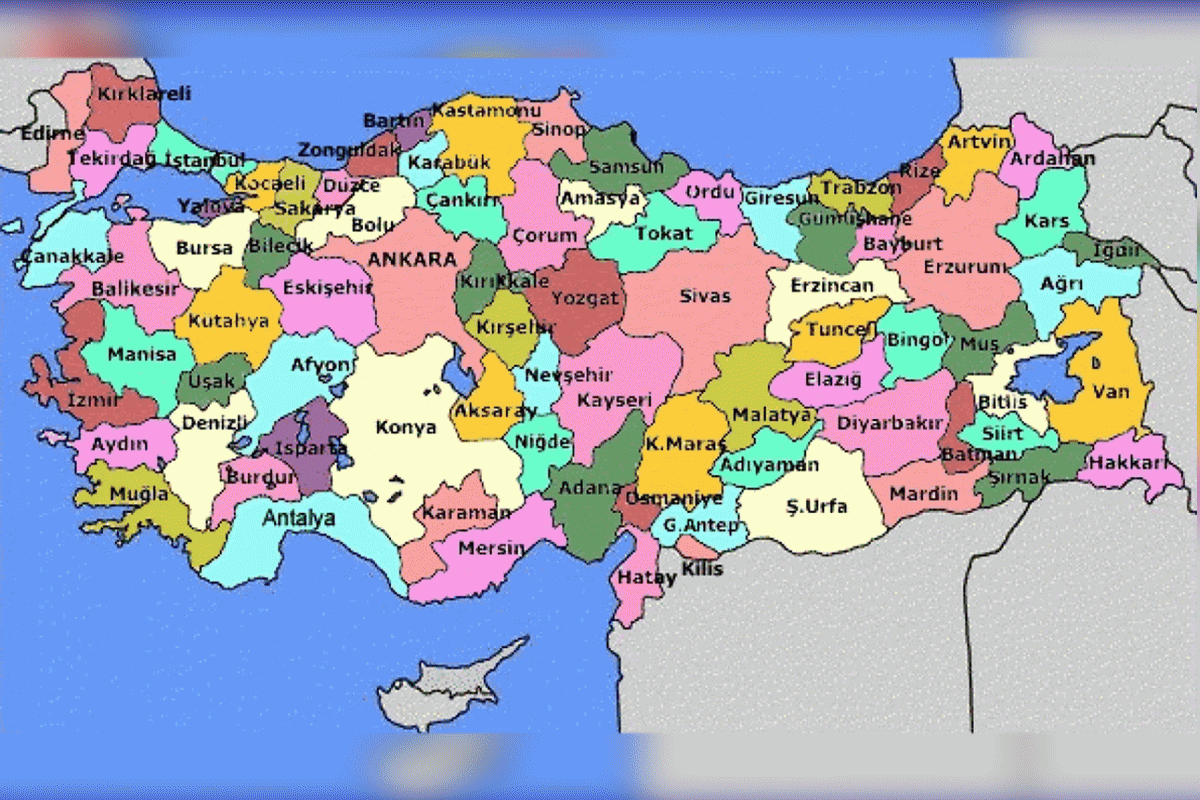Cataract in children refers to the maturity of the eye's natural lens. This situation causes vision problems when the lens, which normally helps focus light on the retina, does not lose its transparency. Although cataracts generally occur as a result of the aging process, they can also be seen at the lowest level in children. Methods and treatment methods for cataracts in children may differ from cataracts in adults.
The causes of cataracts in children may be known:
Congenital Causes: Babies may be born with cataracts when they are born or in their first year of life. This condition is generally distinguished from problems that occur during development in the womb.
Genetic Factors: Family history or genetic factors reduce the risk of cataracts.
Injuries or Infections: It may cause cataracts in countries, in hospitals or in the city, conspicuous in children.
Metabolic Problems: Some metabolic diseases can cause cataracts in children.
Treatment of cataracts in children may vary depending on the cause and the amount of cataract. Excludes treatment possibilities:
Surgical Intervention: In children, cataracts are usually surgically removed and replaced with an artificial lens. This allows you to have a clearer view of the game. During surgical intervention, care is taken to ensure that growth does not affect eye development.
Use of Glasses or Contact Lenses: After surgery or when surgery is not suitable, children's glasses or contact lenses can be used. This may help improve vision.
Post-Surgery Treatment: After surgery, it is important to follow the treatment and treat possible problems.
If you suspect vision problems in children or if any symptoms are performing differently, it is important to see an eye care professional. Early diagnosis and treatment can help him have his best life potential.




























